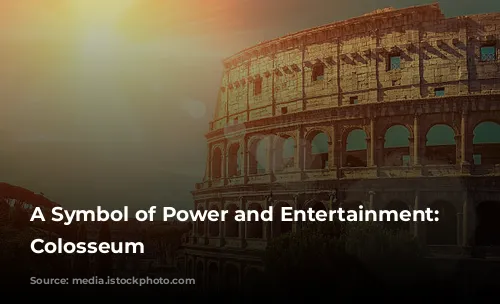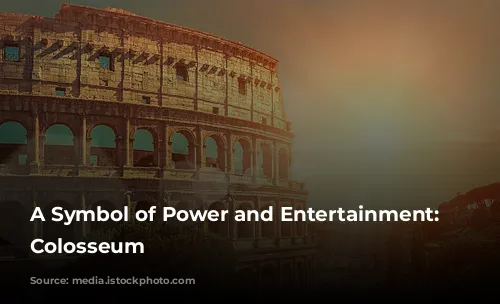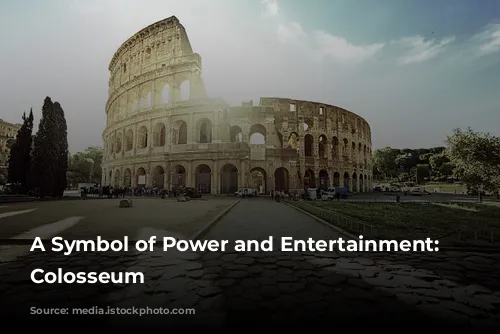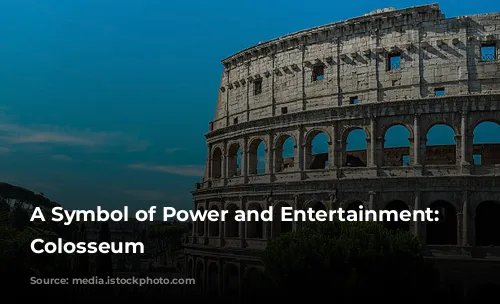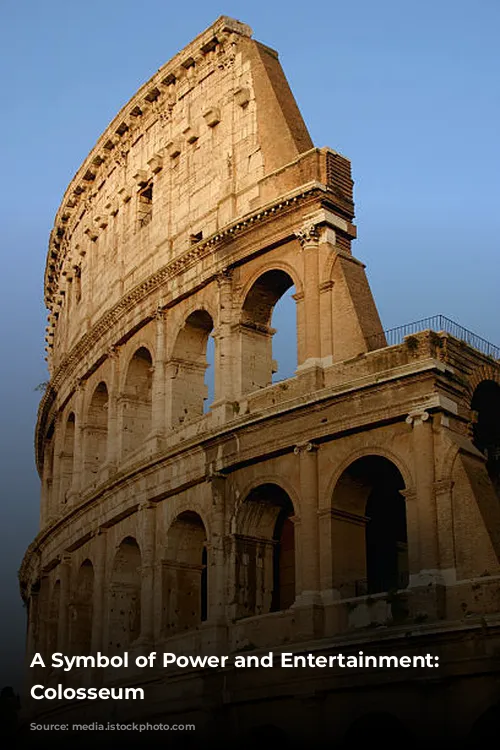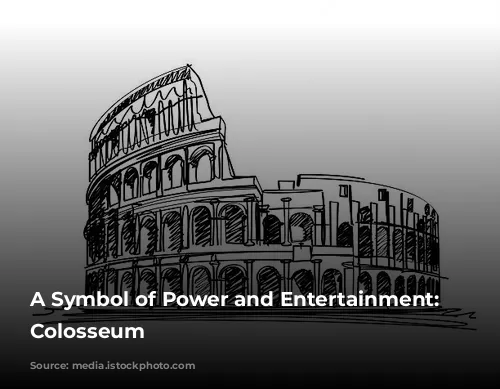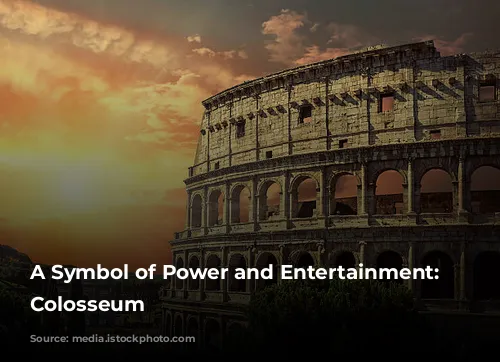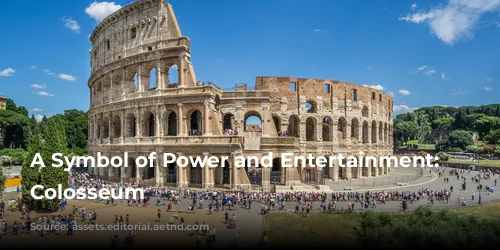The Colosseum, also known as the Flavian Amphitheater, is a towering symbol of the ancient world, a monument that still inspires awe centuries later. More than just a site of gladiatorial combat and spectacular animal performances, the Colosseum stands as a testament to the Flavian dynasty’s power and their dedication to rebuilding Rome after a tumultuous period. The Colosseum, an architectural marvel, served as a vibrant stage for entertainment, a symbol of Roman power and ingenuity, and a monument that continues to capture the imaginations of people around the world.

A Monument to Resurgence
After years of turmoil, the Flavian Dynasty, led by Vespasian and his sons Titus and Domitian, embarked on a grand project to restore Rome. Their 27-year reign saw a remarkable renewal, with buildings, statues, and monuments revitalized throughout the city. In 70 A.D., Vespasian ordered the construction of a new amphitheater in the heart of Rome, financed by the spoils of war from the conquest of Jerusalem. The Colosseum, completed a decade later, stood as a powerful symbol of Rome’s resurgence, a statement of their strength and determination.

A Technological Triumph
The Colosseum was not only a symbol of power but a testament to Roman engineering prowess. Built primarily from concrete, travertine, marble, and timber, this grand structure reached a height of 157 feet, comparable to a 15-story building. Its impressive size and intricate design allowed it to accommodate an estimated 50,000 to 80,000 spectators, making it the largest and most complex permanent amphitheater in the ancient world.
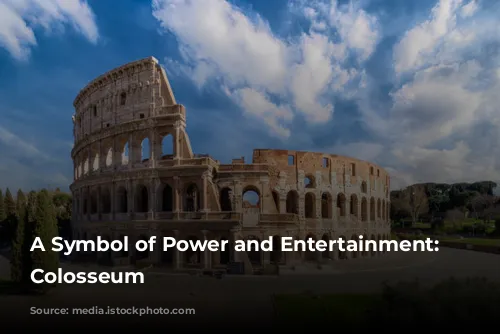
A Reflection of Roman Society
The Colosseum’s grandeur extended beyond its physical dimensions; it was also a reflection of Roman society’s complex social hierarchy. The best seats, closest to the arena, were reserved for the elite, including the Emperor and the powerful senators. The Equestrian order, composed of wealthy merchants, artisans, and bureaucrats, occupied the next tier, while the remaining 95% of Rome’s population, including women, foreigners, and the less privileged, were relegated to the upper tiers.
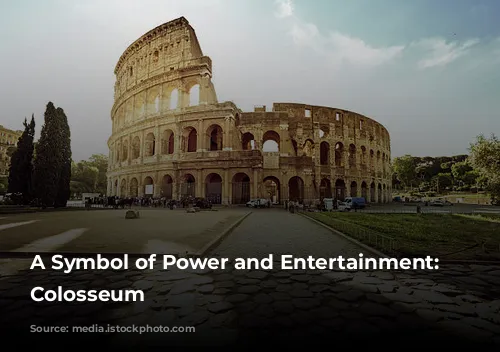
Architectural Innovation
While the Colosseum’s design incorporated elements from earlier structures, such as Greek theaters, it introduced a revolutionary approach to construction. The use of concrete, a material not widely used in such large-scale projects previously, allowed for the creation of a structure that could withstand the weight of the massive stone blocks and support the immense crowds. This use of concrete, a testament to Roman engineering ingenuity, enabled the creation of an amphitheater that would last for centuries.
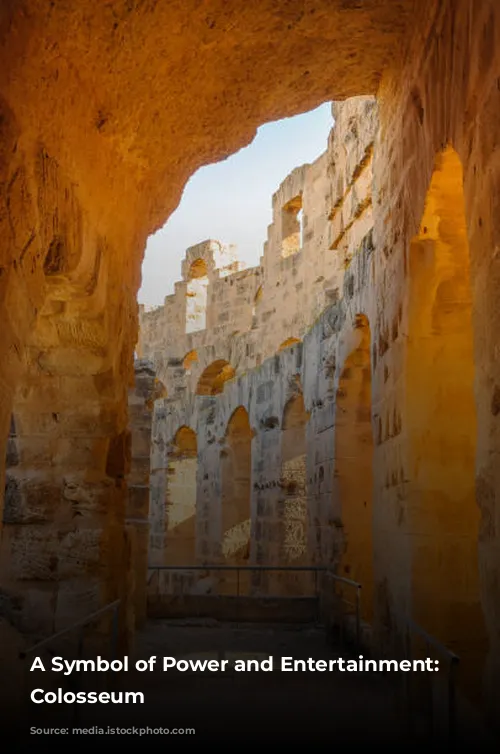
A Legacy of Entertainment and Engineering
The Colosseum’s impact extends far beyond its historical significance. Its innovative features, including a sophisticated drainage system, a retractable awning, and a complex network of chambers beneath the arena floor, influenced the design of modern stadiums and entertainment venues. The Colosseum serves as a reminder of the Romans’ mastery of engineering and their unwavering commitment to providing entertainment for the masses. The grandeur of this structure continues to inspire awe, and it remains a testament to the enduring power of human ingenuity.
